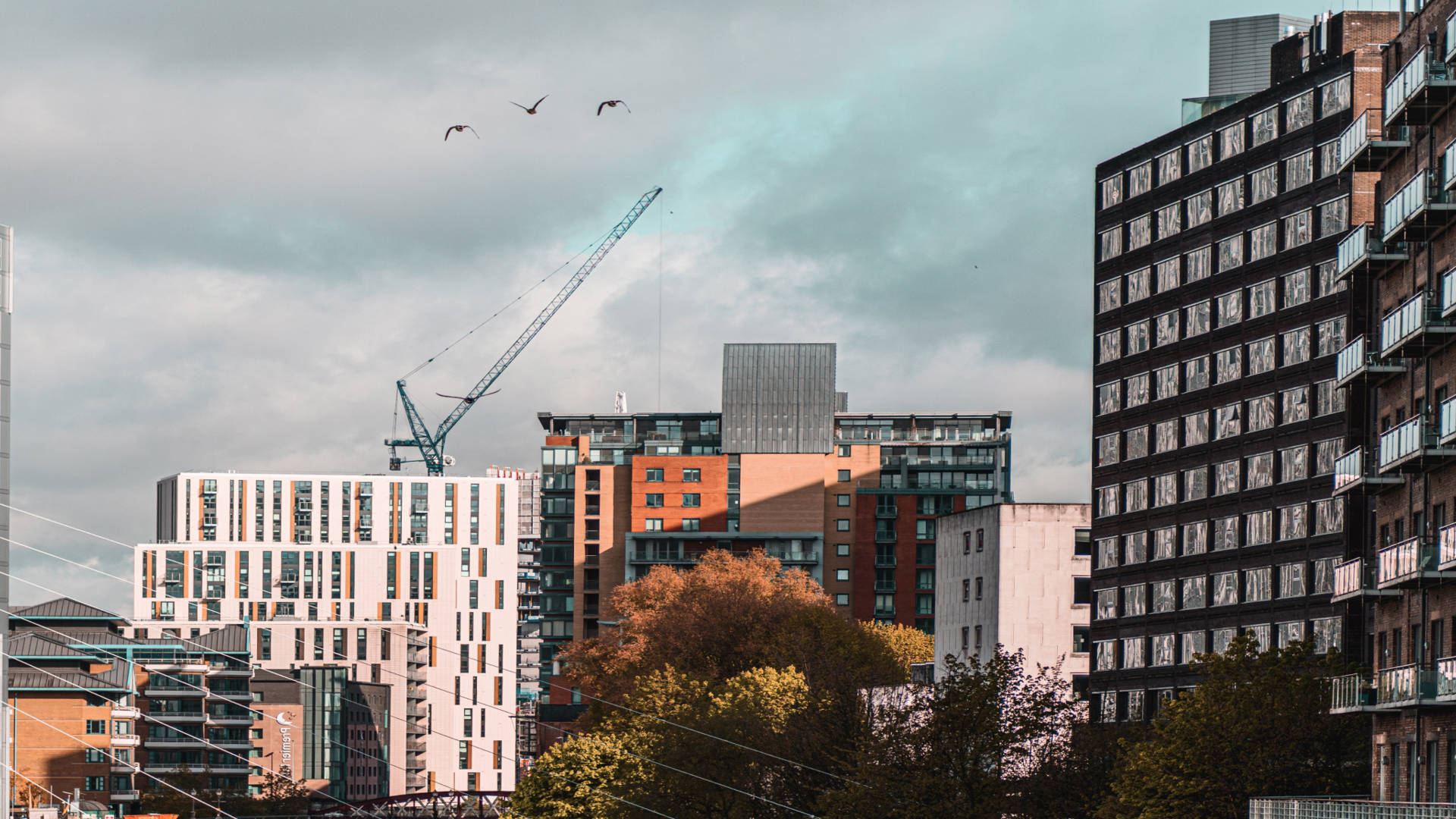
Consultation & Government Responses
Latest
-
The contradiction between current legislation and guidance on what constitutes a higher-risk building was highlighted by the First-tier Tribunal (FTT) decision in Smoke House & Curing House, 18 Remus Road, London E3 2NF (LON/00BG/HYI/2023/0024). In Smoke House, the FTT applied the HRB Regulations 2023, finding that a roof garden was a storey, despite it being an open rooftop which was not fully enclosed. The FTT noted that the guidance appeared to go beyond the wording of the legislation and was not a reliable interpretation of the law.
In response, the government has added a note to the guidance stating that it and the Building Safety Regulator are considering the view of the FTT in Smoke House but "until stated otherwise, the sector and regulatory bodies should continue to refer to existing government guidance". This uncertainty leaves practitioners in a difficult position when advising on buildings where the inclusion of a roof garden may be the deciding factor in whether the building is an HRB.
The definitions of HRB's in the BSA 2022 are supplemented by the Higher-Risk Buildings (Descriptions and Supplementary Provisions) Regulations 2023 (SI 2023/275) (HRB Regulations 2023), which provide that a storey does not count towards the seven storeys if the storey is a rooftop plant or machinery area or consists exclusively of roof-top machinery or plant room (regulation 6, HRB Regulations 2023).
The government's guidance on what constitutes a higher-risk building is set out in three separate documents, housed on a collection page (see Guidance on the criteria for being a higher-risk building). The guidance states (emphasis added):
"A storey must be fully enclosed to be considered a storey. The roof of a building should not be counted as a storey. Open rooftops such as rooftop gardens are not considered storeys and should not be counted as such when determining the number of storeys or measuring the height."
-
This consultation seeks views on the design and implementation of the building safety levy, which will apply to certain new residential buildings requiring building control approval in England.
The Building Safety Act 2022 introduced powers to impose a levy on certain new residential buildings in England, to raise revenue to be spent on building safety.
The government carried out a consultation on the levy which closed on 7 February 2023. The results of that consultation have been published online. Feedback from that consultation was used to develop the proposals outlined in this consultation, which provides a greater level of detail on the operation of the levy. This consultation covers:
· methodology for levy calculation
· the collection process
· disputes and appeals
· further exclusions
This consultation closes at 11:59pm on 20 February 2024
Access it here.
- Building Safety Act
- Consultation & Government Responses
-
The Department for Levelling Up, Housing & Communities (DLHUC) last week published its response to consultations on several regulations under the Building Safety Act, including provisions for the ‘golden thread’, information needed to attain a building-assessment certificate and duties to engage residents.
The government, alongside secondary legislation to bring the regulations into law, published its final impact assessment showing costs of the new regime, which applies to blocks at least 18 metres in height or have at least seven storeys and contain at least two residential units.
The impact assessment sets out three cost estimates for the industry.
Its ‘low’ estimate is a cost to industry of £1.24bn over 15 years, its central, or ‘best’ estimate is £1.82bn and its ‘high’ estimate is £2.9bn.
The assessment shows new rules requiring building owners or managers to produce safety cases for buildings will be the costliest area, with a central estimate of £830.9m.
- Building Safety Act
- Legislation, Regulations & Guidance
-
DLUHC has published a new portal where all building safety consultations and the Government's responses can be found. It will also publish all new and open consultations.
- Building Safety Act
- Consultation & Government Responses